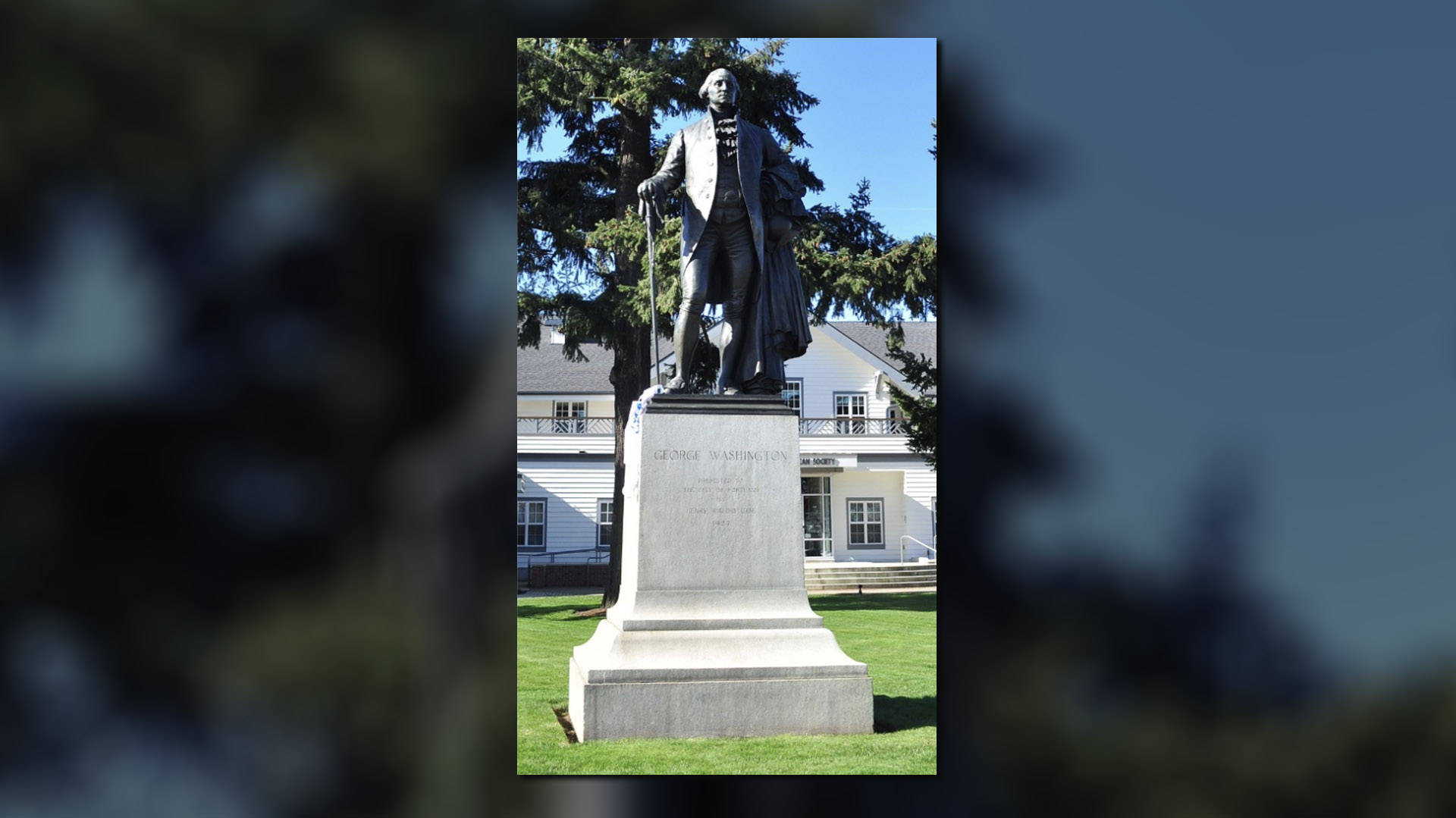Front Page – August 2020
Since the recent vandalism of the George Washington statue took place, I have been giving a lot of thought to the legacy of our first country’s first President and a Worshipful Brother.
I believe his statue was targeted as he was viewed as a symbol of the establishment and a Founding Father who owned more than 300 slaves. As such, Washington’s statue was an easy one to pick on and one that was done without much thought.
Washington was born into the culture of slave-owning and when his father died, and he inherited his first slave at the age of 11. It was common and even expected to own slaves during this period of American history especially on the large plantation that Washington grew up on. As such, I think it is unfair to judge what was culturally appropriate then by today’s standards.
As Washington grew into his role as military leader, he saw first-hand companies of black soldiers fight along white soldiers. Seeing black and white men fight for the same cause, for freedom from British rule started his re-evaluation of slavery as a moral issue. How can a man risk his life for freedom from the British yet still not have his own freedom?
During this period, Washington had already been a mason for some time, having been initiated at the age of 21. I would hope that the values he was instilled with; brotherly love, relief and truth had an influence on him. Washington certainly did change his views on slavery towards the end of his life but, quite rightly too, but did not want to speak out in favor of abolition for fear of tearing his young country apart. The large number of slaves referred to above, was only at the peak of Washington’s farming business. It is worth noting that approximately half of these people were either too young or too old and infirm to work.
When Washington passed, he ensured all his slaves were freed in his will. This was a daring move, making him the first Founding Father to do something like this. He even went so far to ensure that the young people he had in his care were taught how to read and write before being released and the old had a place to stay.
Brother Washington’s journey is in line with the symbolism of the rough and smooth ashlar. All brothers are working towards perfection and none would want to be judged in their rough, unfinished state.
Matthew Cox
Senior Steward, Washington 46



